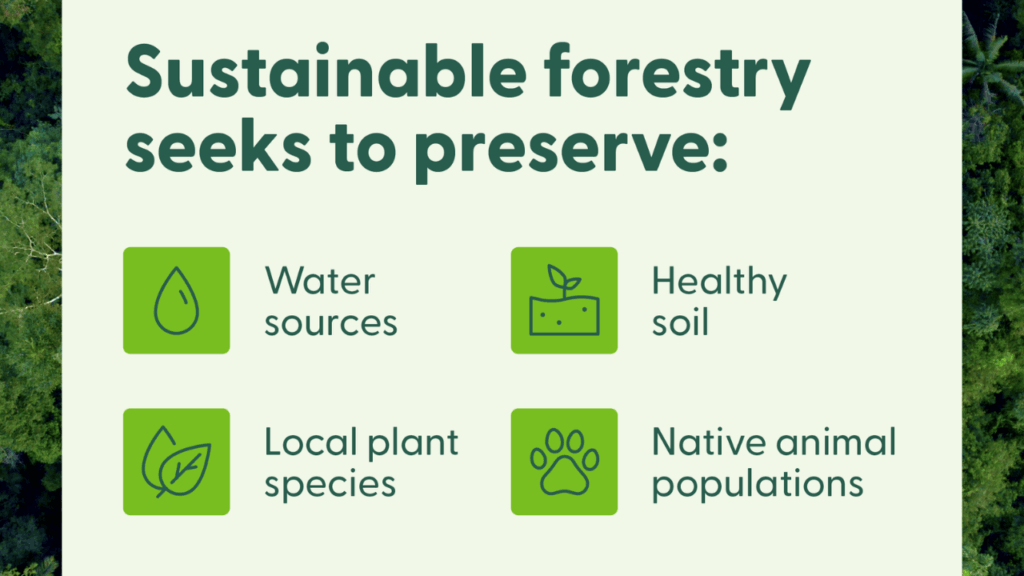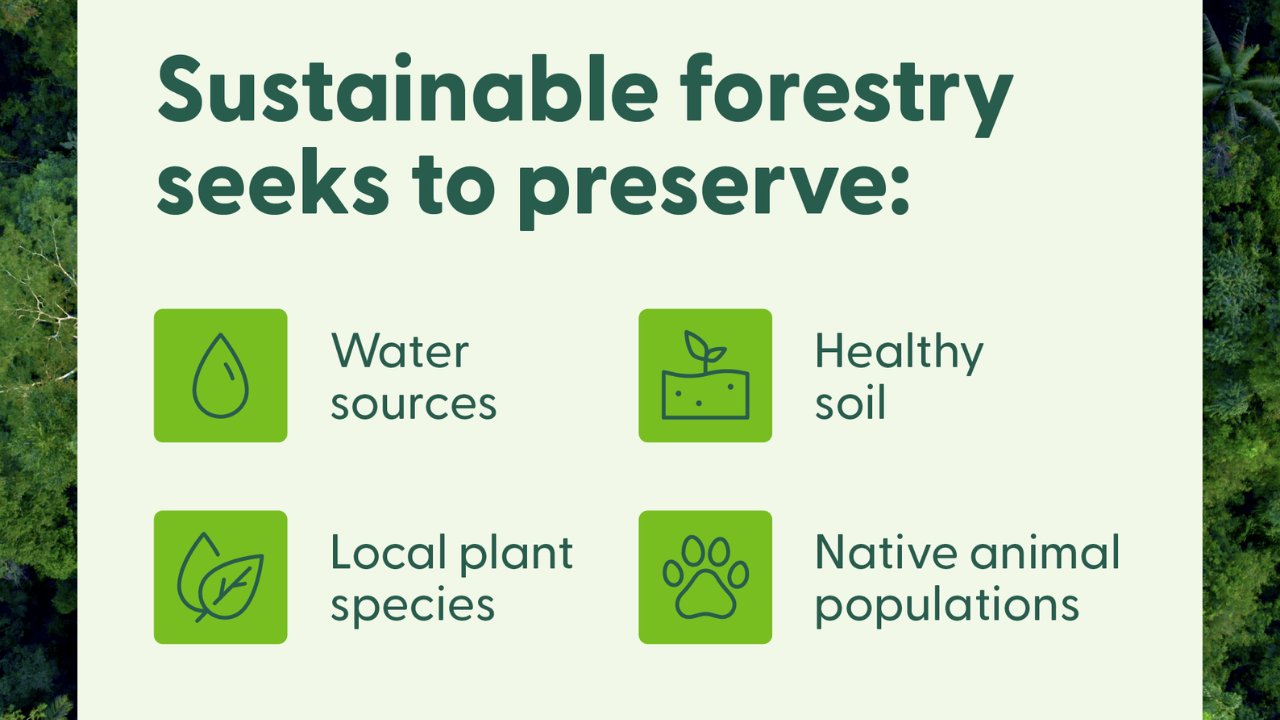
Forests are more than just green spaces—they are the earth’s natural water regulators. Trees play a critical role in capturing rainfall, reducing runoff, recharging groundwater, and maintaining healthy rivers and lakes. As deforestation increases, water shortages, soil erosion, and disrupted rainfall patterns also worsen. That’s why forest conservation is a water-saving strategy as much as it is an ecological one.
This article explores the best forest conservation strategies that directly protect and restore water resources, along with practical examples of how they’re being implemented worldwide.
How Forests Save Water
- Rainfall Interception: Leaves and canopies capture rainfall, reducing surface runoff.
- Groundwater Recharge: Forest soil absorbs and filters rain, feeding underground aquifers.
- River Protection: Roots stabilize soil, preventing sedimentation in rivers.
- Climate Regulation: Forests maintain local humidity and influence rainfall patterns.
- Pollution Filtration: Forests act as natural filters, improving water quality.
Key Forest Conservation Strategies to Protect Water
1. Afforestation and Reforestation
Planting trees in deforested areas or new regions replenishes groundwater, reduces floods, and helps restore lost ecosystems. Large-scale projects in India and China show how reforestation can increase rainfall capture.
2. Agroforestry Practices
Integrating trees with crops improves soil structure, reduces water evaporation, and increases water infiltration. Farmers benefit by conserving water while improving productivity.
3. Community-Led Forest Management
When locals manage forests, they protect water sources more effectively. This includes preventing illegal logging, planting native species, and regulating land use around rivers and lakes.
4. Riparian Buffer Zones
Planting and preserving forested areas along rivers and streams acts as a natural filter, preventing pollution and conserving river water quality.
5. Controlled Logging and Sustainable Harvesting
Instead of clear-cutting, selective logging ensures forests continue to store water and maintain soil moisture. Certification systems like FSC (Forest Stewardship Council) promote sustainable forestry practices.
6. Wetland-Forest Integration
Conserving forest-wetland ecosystems helps stabilize groundwater levels and supports biodiversity that contributes to water balance.
Table: Forest Conservation Strategies That Save Water
| Strategy | How It Works | Water-Saving Impact |
|---|---|---|
| Afforestation/Reforestation | Restores tree cover | Improves rainfall absorption, reduces runoff |
| Agroforestry | Mixes trees with crops and farming | Enhances soil water retention, reduces evaporation |
| Community Forest Management | Locals protect and manage resources | Preserves rivers, prevents illegal deforestation |
| Riparian Buffers | Protects forest strips near rivers/streams | Filters pollutants, reduces erosion |
| Sustainable Logging | Selective harvesting over clear-cutting | Maintains water storage and soil stability |
| Wetland-Forest Protection | Links forests with wetland ecosystems | Conserves groundwater and biodiversity |
Benefits of Forest Conservation for Water Security
- Flood Prevention – Forests reduce the speed and volume of runoff.
- Drought Mitigation – Groundwater recharge supports communities during dry seasons.
- Cleaner Drinking Water – Natural filtration reduces dependence on costly treatment plants.
- Sustainable Agriculture – Farmers benefit from soil enriched with water-retaining organic matter.
- Climate Resilience – Forests stabilize rainfall cycles, protecting against extreme weather.
Global Examples of Forest Conservation for Water
- Brazil’s Amazon Rainforest – Conservation programs link forest protection with safeguarding the world’s largest freshwater reserves.
- India’s Chipko Movement – Community-led forest protection preserved water sources in Himalayan villages.
- New York’s Watershed Forest Protection – Protecting Catskill forests saved billions in water treatment costs by ensuring clean drinking water supply.
- China’s Green Great Wall Project – Large-scale reforestation reduced desertification and improved local water cycles.
Overview Table
| Action | Primary Goal | Water Benefit |
|---|---|---|
| Plant More Trees | Restore lost forests | Improves rainfall capture, groundwater |
| Support Agroforestry | Blend trees with farming | Reduces evaporation, boosts soil water |
| Engage Communities | Local stewardship | Prevents misuse, protects rivers |
| Preserve Riparian Buffers | Safeguard riverbanks | Filters pollutants, reduces erosion |
| Practice Sustainable Logging | Controlled harvesting | Maintains water cycles & soil health |
| Protect Forest-Wetland Systems | Integrate ecosystems | Stabilizes groundwater and biodiversity |
Final Thoughts
Forest conservation is water conservation. By protecting and restoring forests, we not only safeguard biodiversity but also secure one of our most critical resources—fresh water. The strategies outlined above show that from large-scale reforestation to grassroots community movements, every action counts. If we want to prevent future water crises, investing in healthy forests is one of the smartest choices we can make.
FAQs
Q1: How do forests help conserve water?
Forests regulate rainfall, recharge groundwater, and act as natural filters for clean water.
Q2: What’s the most effective strategy for water conservation through forests?
A combination of afforestation, riparian buffers, and community-led management works best.
Q3: Can local communities really impact water security by protecting forests?
Yes, community-driven forest management has proven highly effective in safeguarding water sources.

